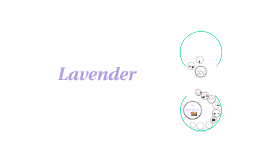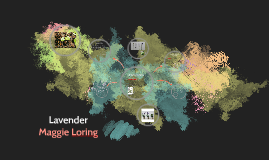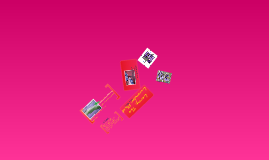LAVENDER
Transcript: Ingredients diuretic [a substance having an agreeable odor and stimulating qualities] antidepressant Space your plants so that they will have plenty of air around them when they are grown and flowering so their branches should not touch. Egypt Taxonomy History vermifuge Medicinal Uses The lands surrounding the Mediterranean is originally the natural habitat of this plant and is where it grows wild. It is probable that this was the reason that the use of lavender was common amongst the people of this area in ancient times, during the earlier history of lavender. Lavender thrives in full sun. Try to plant it where it will get eight hours of sun a day. If you have your plants in containers, less sun is better if you cannot water them as often as needed. Greeks and Romans initially used the plant in baths for its aromatic scents. That is how it got its name because in Latin "lavo" means "to wash" General Info carminative stimulant Contains: Lavender contains a volatile oil, the main constituents of which are: 1. borneol. - natural insect repellent 2. cineol - it is a Eucalyptol or an ether. It is used as an insecticide, cough suppressant,flavor, fragrance and mouth wash. Widely found amongst plants. 3. geraniol - insect repellent ( found in geraniums thus its name) 4. linalool - flea and tick insecticide. Used as a precursor to vitamin E and for fragrance. 5. limonene - prevent cancer, treat cancer, treat bronchitis and fragrance 6. linalyl acetate - sedative, anti inflammatory agent, fragrance 7. linalyl butrate - flavor and fragrance 8. pinene - unknown but used in insects as form of communication so might hypothesize an attractant for pollination. 9. tannin - acts as pesticide and growth regulator of plants. Soil antihydrotic Humidity Native Habitat [an agent to relieve rheumatism] It was in the 1600s that the history of lavender took a further turn and the lavender herb first made an appearance on the continent of America. Sun Lavender was used widely for its medicinal purposes during World War I to bathe the wounds of soldiers with lavender washes because it was a powerful antiseptic http://www.ncbi.nlm.nih.gov/pmc/articles/PMC3612440/ Greece [an agent that strengthens, stimulates or tones the stomach] Damp air can make the plant more susceptible to root rot. Good air circulation and proper drainage can decrease the chance of illness. cholagogue Geographic Origins Drainage [a soothing agent that reduces nervousness, distress or irritation] The Egyptians utilized the lavender herb in the process of mummification and perfuming, as did the Phoenicians as well as the Arabs. Description www.nybg.org/plant-talk [an agent for increasing the flow of bile into the intestines] A perennial herb or shrub. Has violet flowers with deep roots. Grows 1-3 ft tall and wide Flowers early to mid summer aromatic [an agent which relieves or checks spasms or cramps] Arabia antiseptic Water Lavender is particularly drought resistant after they are mature and well established. However, during the first year, they need to be watered regularly, especially during the hottest summer days. [an agent that strengthens or invigorates organs or the entire organism] Circulation It is likely that the use of the lavender plant and its domestic cultivation was first initiated by the Arabs (outside their natural habitat), and thereby spread across Europe. This is the path that this herb took, as it was carried back by voyagers and conquerors to their own lands and must have entered France, Italy, Spain and England. Italy [an agent for expelling gas from the intestines] [fights off depression] antispasmodic Lavender plants tolerate many growing conditions, but thrive in warm, well drained soil. The soil should be well worked, well drained and loose enough to dig your bare hands in easily. An alkaline and especially a chalky soil will enhance lavender's fragrance. [an agent which reduces or suppresses perspiration] [an agent to expel parasites, worms] [an agent that increases the secretion and expulsion of urine] [an agent that excites or quickens the activity of physiological processes] Kingdom: Plantae Vascular Angiosperms Order: Lamiales Family: Lamiaceae Genus: Lavandula Species: Officinalis Greeks & Romans - in baths - to fumigate a room in preparation for childbirth - to expel afterbirth - to promote menstruation www.nlm.nih.gov/medlineplus/druginfo/natural/838.html anti-rheumatic Lavender does not like wet roots. A gentle slope or raised bed are good choices in soil with less than perfect drainage. tonic During the great bubonic plague, glove makers would scent leather with lavender oil, as this was known to ward off the plague. This claim may well be true as the plague is transmitted by flies, and lavender is very effective as a repellent. sedative [an agent for inhibiting the growth of microorganism on living tissue or destroying pathogenic or putrefactive bacteria] stomachic

















